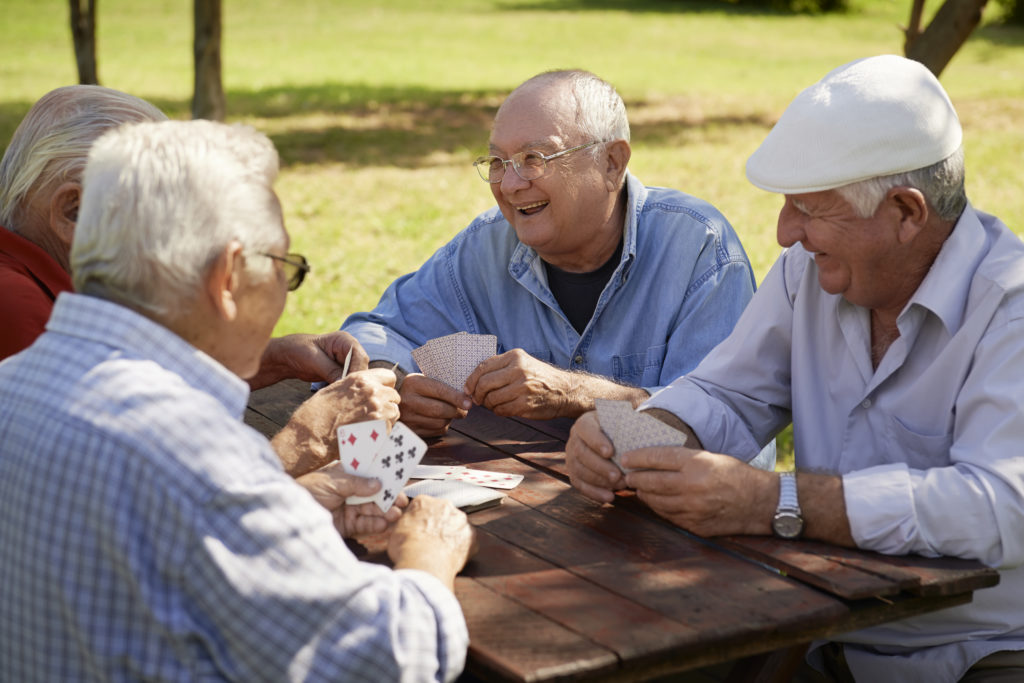If you’re living with Pulmonary Fibrosis you may find a helping hand through the support of non-pharmacological Pulmonary Fibrosis treatments. These treatment options can be used to support the medication that a doctor may prescribe to help manage your symptoms and improve your day-to-day life.
Lifestyle changes
Like so many other conditions, staying on top of Pulmonary Fibrosis starts with looking after yourself. The first step to improving quality of life is ensuring you don’t just look after your lung health, but your overall physical and mental wellbeing too.
Physical activity is a great way to keep healthy for people from all walks of life. For those with Pulmonary Fibrosis, regular physical activity can not only help manage Pulmonary Fibrosis symptoms, but also improve and maintain overall strength, fitness and mental health.
Partnering physical activity with maintaining a healthy, balanced diet will ultimately support quality of life with PF. When managing Pulmonary Fibrosis and trialing new or different medications under the advice of a healthcare practitioner, you may experience a change in appetite, so it’s particularly important to focus on feeding your body the right fuel throughout these changes.
Last but not least, quitting smoking is one of the most important things you can do to look after your overall health and lung function.
Oxygen Therapy
As the name suggests, oxygen therapy is a style of therapy that helps to deliver extra oxygen to your lungs, particularly in times of breathing difficulty and wheezing. For many people who feel breathless when at home or out doing activities, oxygen therapy can provide reprieve and make day-to-day life easier. There are different types of oxygen devices available – including both home and portable oxygen concentrators with a variety of prescribed oxygen levels. It’s important to discuss whether oxygen therapy is right for you with your healthcare team.
Pulmonary rehabilitation

Many people see helpful benefits in attending pulmonary rehabilitation programs which are run by rehabilitation specialists and exercise physiologists.
These programs are usually conducted in a group environment and depending on your recommended treatment, sessions may include both endurance and strength training. Often run out of a hospital outpatient department, the rehabilitation exercises include options such as rowing and hydrotherapy. Once you’ve completed pulmonary rehabilitation, you can ask for a referral onto Lung Foundation Australia’s community-based exercise maintenance program, Lungs in Action.
Lung transplant
A lung transplant can be a lifesaving option for those living with Pulmonary Fibrosis. Of the people who are suitable for a lung transplant, 93% will live for at least a year after the surgery, whilst 70% live for 5 years or more. Whilst these figures provide hope to those living with Pulmonary Fibrosis, a transplant is a complex surgical procedure and often proves a heavy decision for the individual and their loved ones. It’s important to remember that there are a range of factors that will be considered by your healthcare team to decide if you’re eligible for a transplant, so seek advice from your healthcare team.
Palliative care

Non-pharmacological Pulmonary Fibrosis treatments can include palliative care. It is an important topic to discuss with your healthcare team to help relieve your symptoms and support you and your loved ones through all stages of your Pulmonary Fibrosis diagnosis. It can begin shortly after your diagnosis and be part of your ongoing care plan. Palliative care includes symptomatic care which is designed to help manage symptoms and can be as simple as learning new strategies to relieve breathlessness, support within your household, or care for your mental health; and future-care discussions involve open, regular discussions with your healthcare team about what you visualise for yourself and loved ones as the condition progresses.
Our top tips
- Aim to include physical exercise into your everyday routine – whether it’s walking, spending some time on the golf course, or swimming
- If you are struggling to quit smoking, don’t forget that help is available so speak with your healthcare team to find out how they can support you
- Talk to your healthcare team about a referral to pulmonary rehabilitation not only for the physical benefits, but also to meet other people with a similar condition
- To stay updated on new resources and blogs, follow us on Facebook and subscribe to our free email newsletters below.

Free resource: Non-pharmacological treatments
The free Non-pharmacological treatments resource includes tips on managing your lifestyle and maintaining your mental health and wellbeing while living with PF, as well as information on the use of oxygen therapy, pulmonary rehabilitation, lung transplant, palliative care and alternative therapies.

